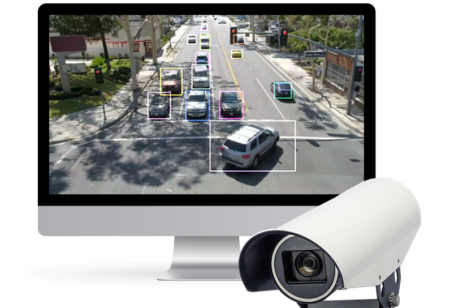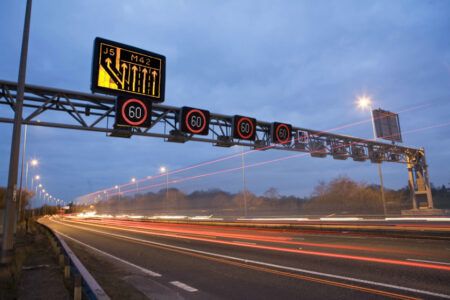Kapsch TrafficCom has announced the completion of the pioneering Bizkaia Connected Corridor Project on the A8 highway near Bilbao, in Northern Spain, which represents the country’s first connected corridor, spanning 57km from Ermua to Ugaldebieta.
The connected corridor allows vehicles and infrastructure to communicate with each other. By providing real-time information about road and traffic conditions like traffic warnings, alerts for dangerous areas, and updates on congestion, the corridor makes traffic safer and more reliable.
“This project has been a true first-of-its-kind for Spain,” said Javier Aguirre, managing director at Kapsch TrafficCom Spain and Portugal. “One of the key tasks was ensuring smooth technical coordination among multiple stakeholders. We had to establish reliable communication between our teams, the traffic control center, and other project partners. This kind of coordination has no precedent in Spain, which required us to remain adaptable and agile throughout the project.”
Aguirre also emphasized the challenges that arose: “The availability of critical components as well as the need to fine-tune and validate the system posed challenges. However, we managed to complete the installation over a year ago, and we’ve worked closely with all parties, diligently conducting the testing and validation to ensure the project success.”
According to Kapsch TrafficCom, it was selected for the Spanish project due to its expertise in delivering state-of-the-art ITS solutions, ensuring seamless communication and data exchange between roadside infrastructure and vehicles.
As part of this cooperative corridor initiative, Kapsch TrafficCom supplied and installed 25 roadside units that allow data exchange between infrastructure and vehicles; deployed three ITS G5 on-board units (OBUs) and three V2X OBUs; configured and installed a Connected Mobility Control Center (CMCC), central to the project’s real-time monitoring capabilities, and provided a 12-month warranty and four years of hardware and software maintenance.
The technologies and services enable a responsive traffic environment, ensuring drivers receive real-time updates about road conditions, thereby improving safety and reducing congestion.





